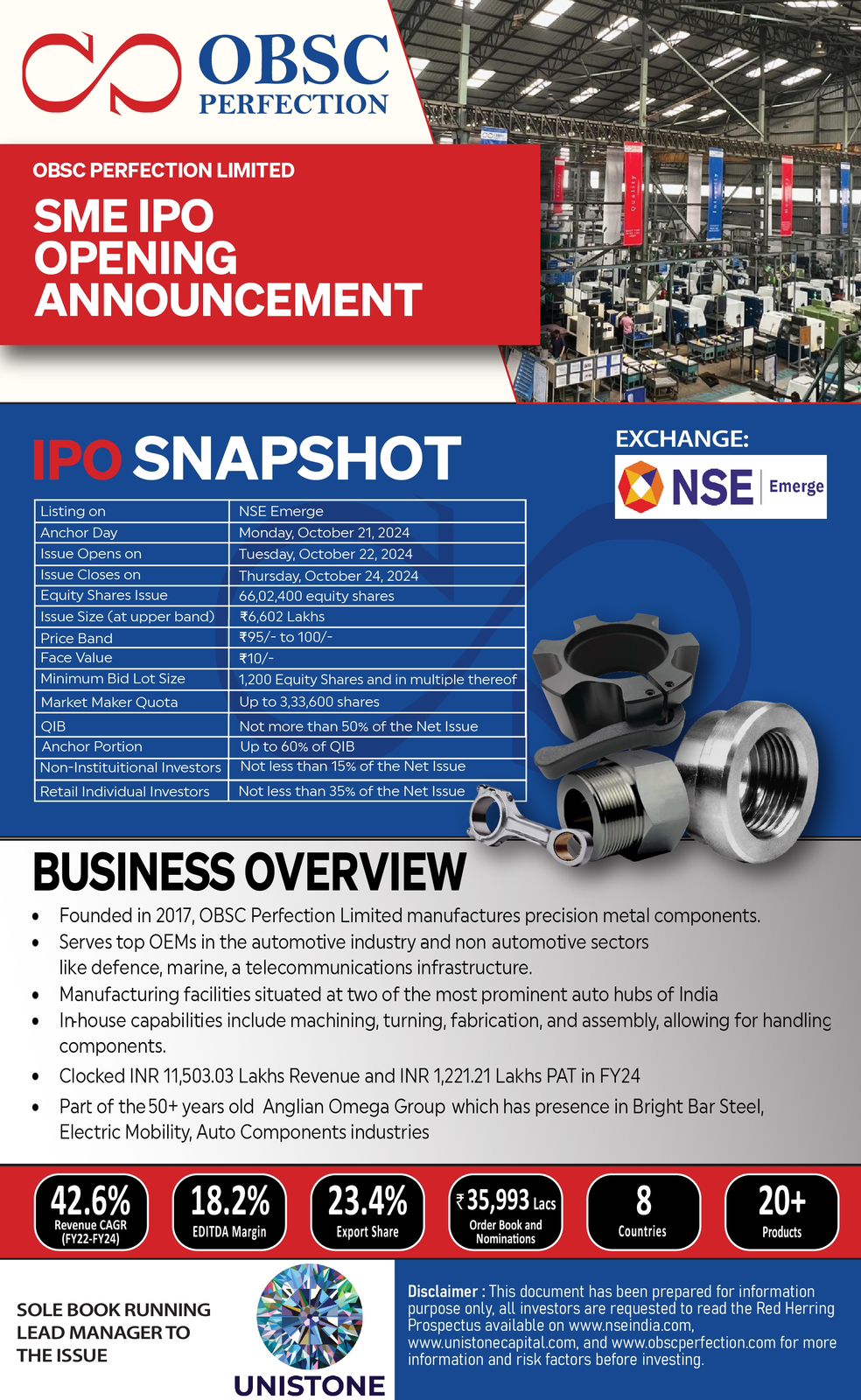Driving Forward: An In-depth Analysis of the Motor Graders Market and Forecasted Growth Trends

Motor Graders Market Analysis
The motor graders market is witnessing steady growth, driven by increasing infrastructure development projects, road construction activities, and advancements in technology. This report aims to provide an in-depth analysis of the motor graders market, highlighting key trends, market drivers, and growth opportunities.
According to Persistence Market Research, the global motor grader market is projected to increase from US$4.1 billion in 2024 to US$5.8 billion by the culmination of 2031, encompassing the forecast period from 2024 to 2031. Throughout this period, the market is expected to achieve a Compound Annual Growth Rate (CAGR) of 5.0%.
Market Overview:
Motor graders are heavy equipment machines used for fine grading and leveling of construction sites, road maintenance, and earthmoving tasks. These machines are equipped with a long blade that can be adjusted to various angles and positions to achieve precise grading and shaping of surfaces. Motor graders play a crucial role in the construction and maintenance of roads, highways, airports, and other infrastructure projects.
Market Dynamics: Several factors are driving the growth of the motor graders market. Rapid urbanization, population growth, and government initiatives to improve transportation infrastructure are leading to increased demand for motor graders worldwide. Additionally, technological advancements such as GPS and automation systems are enhancing the efficiency and accuracy of motor graders, further fueling market growth.
Key Market Trends:
Rising Demand for High-Capacity Motor Graders: There is a growing demand for high-capacity motor graders capable of handling larger construction projects and heavier workloads. Manufacturers are focusing on developing motor graders with increased horsepower, larger blade sizes, and enhanced performance to cater to this demand.
Integration of Advanced Technologies: Motor grader manufacturers are increasingly integrating advanced technologies such as GPS, telematics, and automation systems into their machines. These technologies enable operators to achieve greater precision, efficiency, and safety in grading operations, driving the adoption of motor graders across various industries.
Shift Towards Electric and Hybrid Motor Graders: With a growing emphasis on sustainability and environmental conservation, there is a trend towards electric and hybrid motor graders powered by alternative energy sources. These eco-friendly machines offer reduced emissions, lower operating costs, and improved energy efficiency, making them increasingly attractive to end-users.
Market Segmentation:
The motor graders market can be segmented based on blade width, application, end-user, and geography. Blade width categories include small (<10 feet), medium (10-15 feet), and large (>15 feet) motor graders. Applications encompass road construction, mining, agriculture, and others. End-users comprise construction companies, government agencies, mining companies, and rental companies.
Competitive Landscape:
The motor graders market is highly competitive, with numerous players competing for market share. Key players in the market include Caterpillar Inc., Deere & Company, Komatsu Ltd., Volvo Construction Equipment, and Hitachi Construction Machinery, among others. These companies are focusing on product innovation, strategic partnerships, and geographical expansion to strengthen their market position and gain a competitive edge.
Opportunities for Growth:
The motor graders market presents several opportunities for growth, particularly in emerging economies experiencing rapid infrastructure development and urbanization. Moreover, the increasing adoption of advanced technologies and the shift towards electric and hybrid motor graders offer avenues for manufacturers to differentiate their offerings and capture a larger market share. Furthermore, the growing trend of equipment rental and leasing services presents opportunities for rental companies to expand their fleet of motor graders and cater to diverse customer needs.
Conclusion:
In conclusion, the motor graders market is poised for steady growth driven by factors such as infrastructure development, technological advancements, and environmental sustainability initiatives. With increasing demand for high-capacity motor graders, integration of advanced technologies, and opportunities in emerging markets, manufacturers and stakeholders in the motor graders industry are well-positioned to capitalize on these trends and drive innovation in the market. By focusing on product development, strategic partnerships, and market expansion, companies can harness the full potential of the motor graders market and achieve sustained growth in the years to come.




